CAIRO — Former U.S. President Donald Trump’s renewed effort to broker peace in the Middle East has entered a critical stage, as his envoys Jared Kushner and Steve Witkoff spearhead indirect negotiations between Israel and Hamas in Egypt. The talks, described by diplomats as “intense and fragile,” aim to secure a lasting ceasefire and implement Trump’s 20-point Gaza peace framework — a plan that seeks to end nearly two years of devastating conflict and reshape the region’s political landscape.
A Controversial but Determined Return to Diplomacy
Trump’s return to Middle East mediation marks a dramatic reentry into the global spotlight. During his first term, his administration brokered the Abraham Accords, normalizing relations between Israel and several Arab states. Now, amid one of the bloodiest chapters in Israeli-Palestinian relations, Trump is seeking to reassert U.S. influence — and his own political legacy — through what he calls a “new era of security and cooperation.”
In his latest statement, Trump declared that both Israel and Hamas have a “historic opportunity” to end the war and rebuild Gaza under international supervision. “We have a chance to make peace where everyone else failed,” he said, emphasizing that his team “knows the players, the pain, and the potential” of the conflict.
The centerpiece of the initiative is a phased ceasefire plan: an immediate end to hostilities, the release of Israeli hostages held by Hamas, limited Israeli troop withdrawals, and the eventual establishment of an internationally monitored reconstruction and governance authority in Gaza.
The Kushner-Witkoff Dynamic
At the center of the effort are two of Trump’s closest confidants — Jared Kushner, his son-in-law and former senior adviser, and Steve Witkoff, a New York real estate developer who has become Trump’s special envoy for Middle East peace.
Kushner, the architect of the Abraham Accords, brings established relationships with Gulf states, Israel, and Egypt. Witkoff, though new to diplomacy, is known as a forceful negotiator and has been described by insiders as “relentless and persuasive,” leveraging his business experience to bridge divides.
According to Egyptian officials, the pair have held back-channel meetings in Cairo and Doha, shuttling messages between Israeli, Palestinian, and Qatari representatives. While neither Israel nor Hamas has met face-to-face, the envoys are reportedly making progress on humanitarian guarantees and prisoner-exchange logistics.
“Both sides are exhausted,” one Arab diplomat said. “Trump’s team is trying to use that exhaustion as a window for compromise. The question is whether politics will allow it.”
Inside the Negotiations
The talks revolve around several sticking points that have long hindered peace efforts:
- Disarmament and Security: Israel insists that Hamas must disarm completely before any Israeli forces withdraw from Gaza. Hamas, meanwhile, demands a full withdrawal before disarmament begins, fearing what it calls a “permanent occupation under a different name.”
- Hostage and Prisoner Exchange: Negotiators are attempting to finalize a phased exchange involving dozens of Israeli hostages in return for Palestinian prisoners held by Israel. The details of verification and monitoring remain contentious.
- Governance in Gaza: Under Trump’s plan, Gaza would be administered temporarily by a Palestinian-led technocratic authority, supported by international monitors and financed through a reconstruction fund backed by Gulf states. Hamas would be excluded from formal power during the transition, a demand that remains a major obstacle.
- Timeline for Reconstruction: The U.S. proposal envisions a five-year reconstruction program to rebuild housing, hospitals, and infrastructure destroyed during the conflict. However, questions remain about oversight, funding, and security during rebuilding.
Despite the challenges, both sides are signaling cautious openness. Israeli officials say they are “evaluating the Trump plan seriously,” while a Hamas representative told regional media that the group is “prepared to explore a path toward a comprehensive truce.”
Reactions from Regional Powers
The renewed push has drawn a mixed response from Middle Eastern capitals. Egypt and Qatar — long-time mediators — have welcomed the Trump initiative, viewing it as an opportunity to end a conflict that has threatened regional stability and humanitarian security.
Saudi Arabia has taken a cautious but supportive tone, signaling that progress in Gaza could revive broader normalization talks with Israel. The United Arab Emirates, a signatory of the Abraham Accords, has urged both parties to “seize the historic opportunity” to de-escalate and rebuild.
In contrast, Iran has denounced the plan as a “political trap” designed to weaken Palestinian resistance. Iranian officials accuse the Trump team of seeking to “erase the legitimate cause of liberation” by forcing Hamas into a Western-managed arrangement.
Trump’s Political Calculus
Trump’s personal involvement in the Gaza peace effort is not merely diplomatic — it’s deeply political. As he seeks to solidify his foreign policy credentials ahead of the 2026 U.S. midterm elections, a successful deal could mark a defining achievement, reinforcing his image as a global dealmaker.
Privately, aides say Trump views the peace talks as an opportunity to contrast his assertive diplomacy with what he calls “years of indecision” under previous administrations. The effort also provides a stage for key allies like Kushner to regain prominence and for new figures like Witkoff to emerge as power brokers in Washington’s foreign policy circles.
Still, critics argue that the Trump team’s approach prioritizes optics over substance, and risks sidelining traditional diplomatic institutions such as the State Department. One European diplomat called it “a parallel diplomacy that depends entirely on personal loyalty and showmanship.”
The Humanitarian Reality
Behind the political maneuvering lies a humanitarian catastrophe. The war has left Gaza in ruins — with over 30,000 reported dead, tens of thousands injured, and most of the territory’s population displaced. Access to clean water, food, and medical care remains limited.
International aid agencies have cautiously welcomed the Trump initiative, saying any sustained ceasefire would allow relief efforts to expand. However, they warn that “piecemeal truces” are not enough to prevent further suffering unless a durable political framework emerges.
As one senior UN official in Cairo put it, “The people of Gaza don’t need another photo-op. They need electricity, medicine, and peace.”
A Fragile Hope
The coming weeks will determine whether Trump’s envoys can deliver more than symbolism. The Cairo talks are expected to continue, with parallel channels opening in Doha and Jerusalem.
Should the negotiations yield a formal agreement, the Trump plan would mark the most significant diplomatic development in the Middle East since the Abraham Accords — and potentially the first major breakthrough in the Israeli-Palestinian conflict in years.
For now, both optimism and skepticism hang in the air. The path to peace remains steep, but the fact that Israel and Hamas are once again engaged, even indirectly, represents a fragile flicker of hope in a region desperate for stability.
As Trump himself put it:
“Peace is never easy. But it’s always worth the fight.”

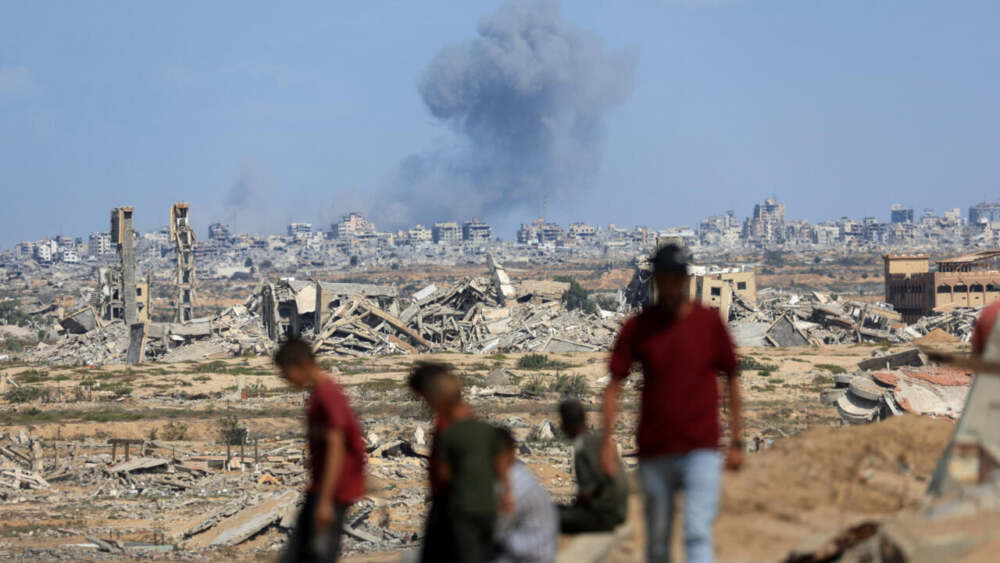





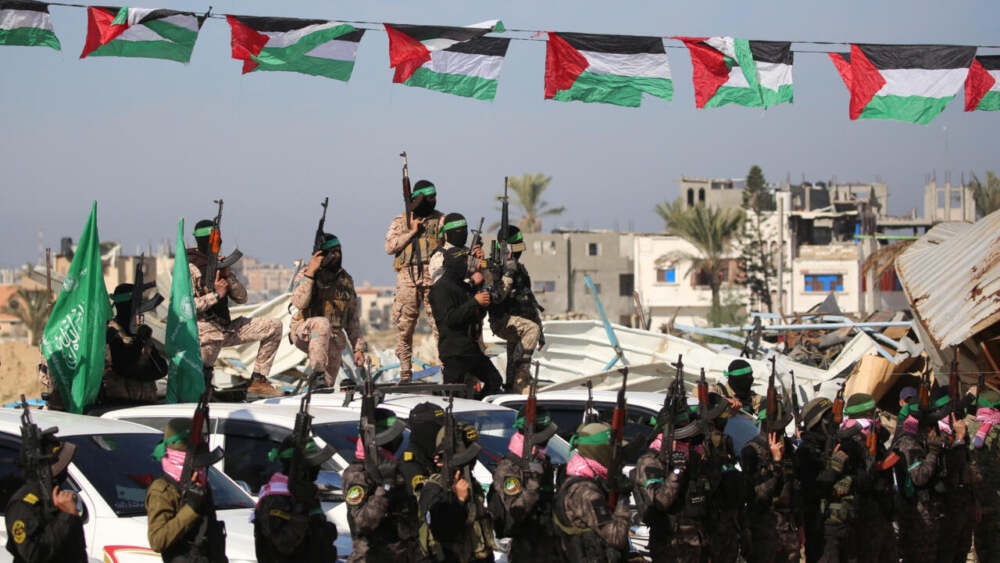
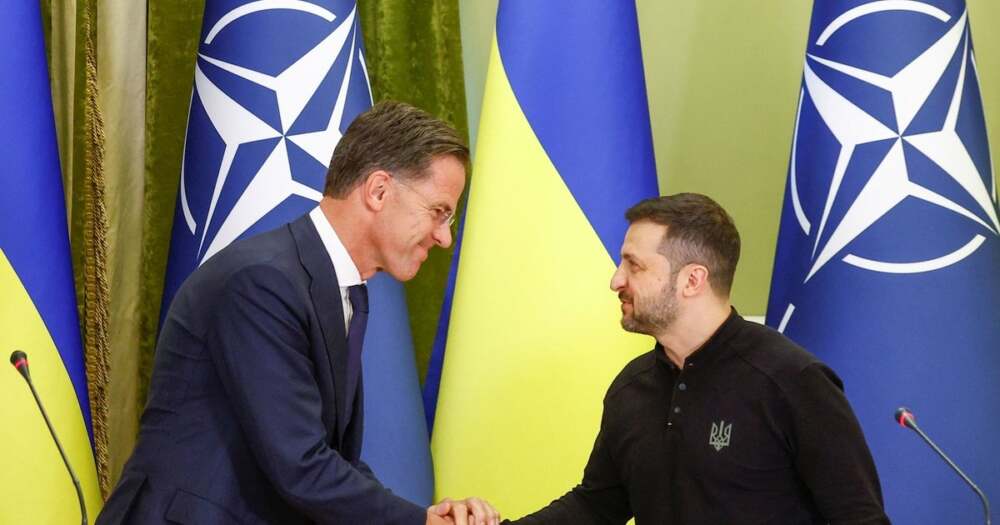
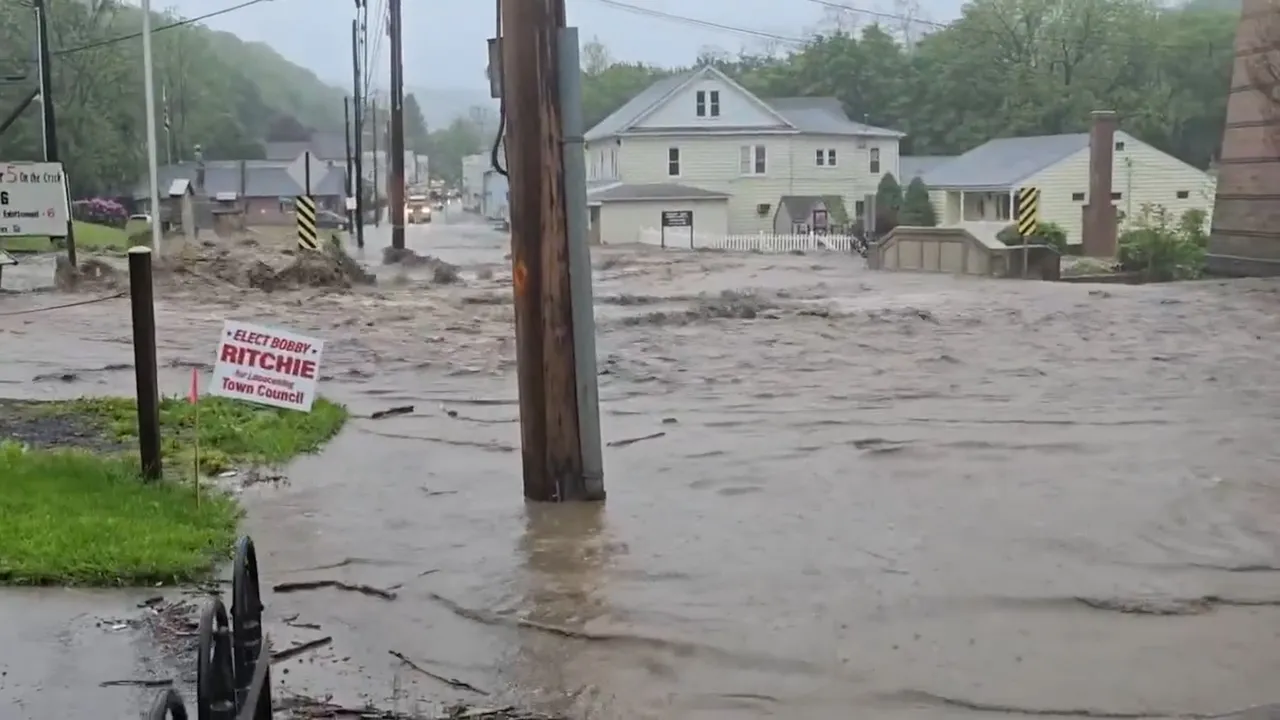
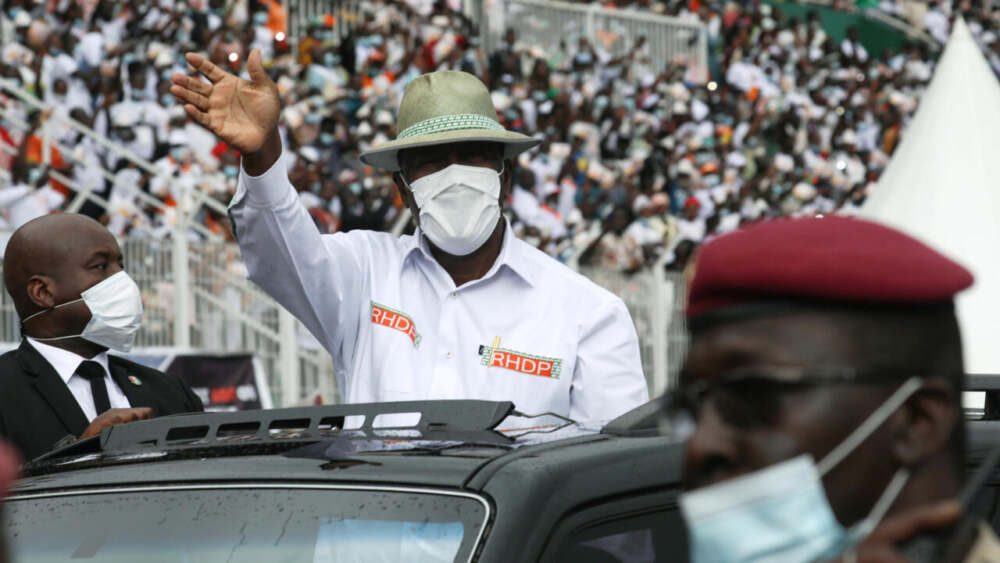
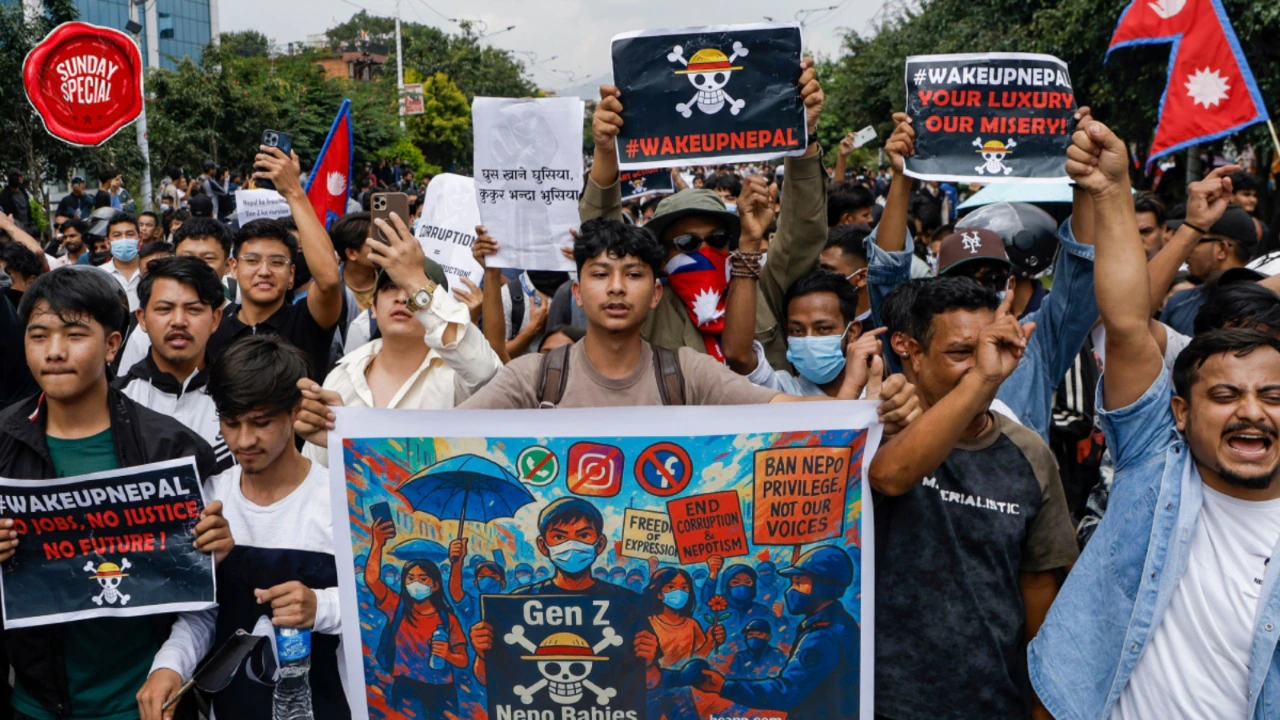




Leave a Reply